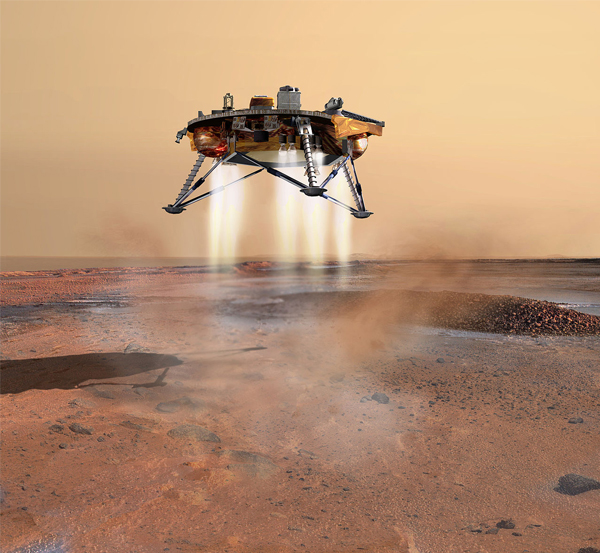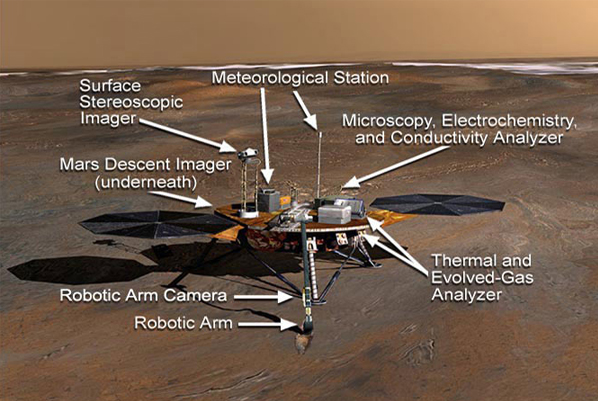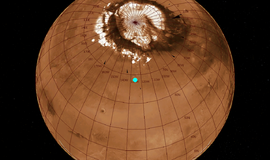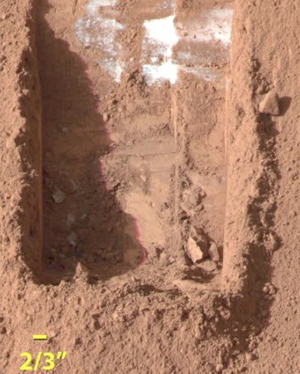Phoenix
Phoenix was a robotic spacecraft which landed on Mars on May 25, 2008. Mission scientists used instruments aboard the lander to assess the local habitability and to research the history of water there. It was launched on August 4, 2007 from Cape Canaveral. Phoenix was NASA's sixth successful landing out of seven attempts and was the first successful landing in a Martian polar region.


The two primary missions were to study the geological history of water and to evaluate past or potential planetary habitability in the ice-soil boundary. Phoenix's instruments were suitable for uncovering information on the geological and possibly biological history of the Martian Arctic. Phoenix was the first mission to return data from either of the poles, and contributed to NASA's main strategy for Mars exploration, "Follow the water."(Wiki)
The primary mission was anticipated to last 90 sols (Martian days) - just over 92 Earth days. However, the craft exceeded its expected operational lifetime by a little over two months before succumbing to the increasing cold and dark of an advancing Martian winter. (Wiki)
 | The location of the Phoenix landing site near the Martian pole. |  |
The polygonal cracking at the landing zone had previously been observed from orbit, and is similar to patterns seen in permafrost areas in polar and high altitude regions of Earth. Phoenix's robotic arm camera took an image underneath the lander on sol 5 that shows patches of a smooth bright surface uncovered when thruster exhaust blew off overlying loose soil. It was later shown to be water ice. On June 19, 2008 (sol 24), NASA announced that dice-sized clumps of bright material in the trench dug by the robotic arm had vaporized over the course of four days, strongly implying that they were composed of water ice which sublimed following exposure. While dry ice also sublimes, under the conditions present it would do so at a rate much faster than observed. |  |
Mars Concepts
Solar System Illustration
Solar System Concepts
Phoenix
Wiki
| HyperPhysics********** Astrophysics | R Nave |